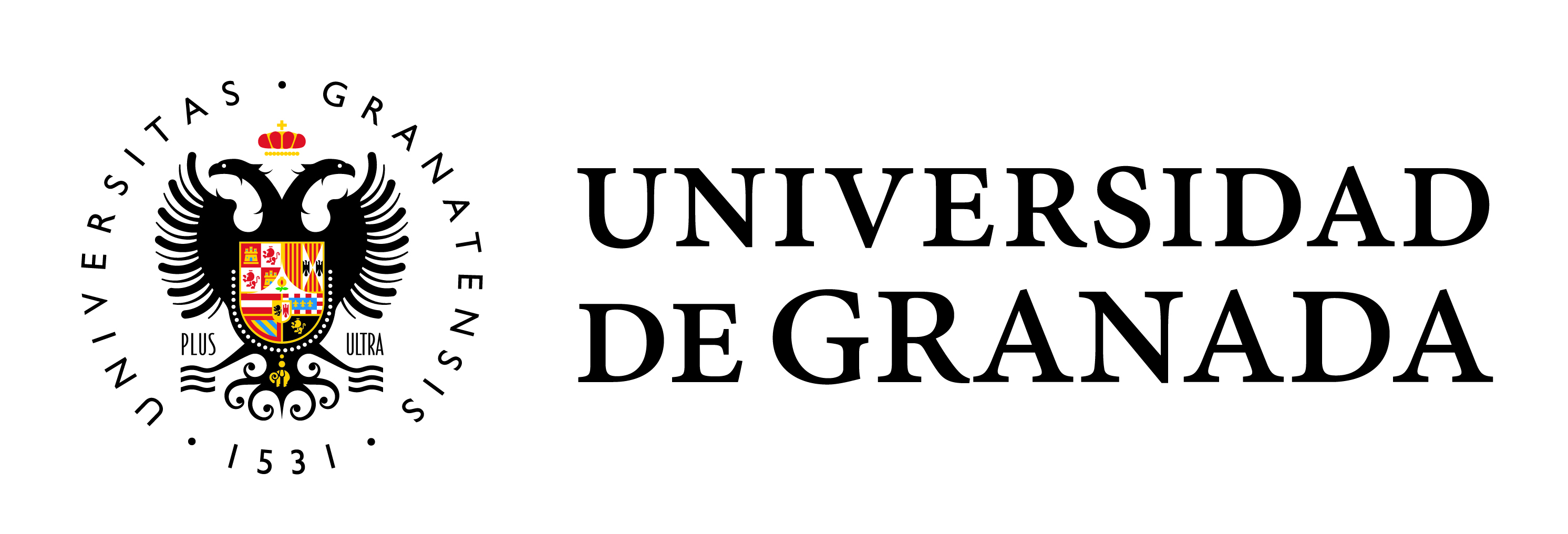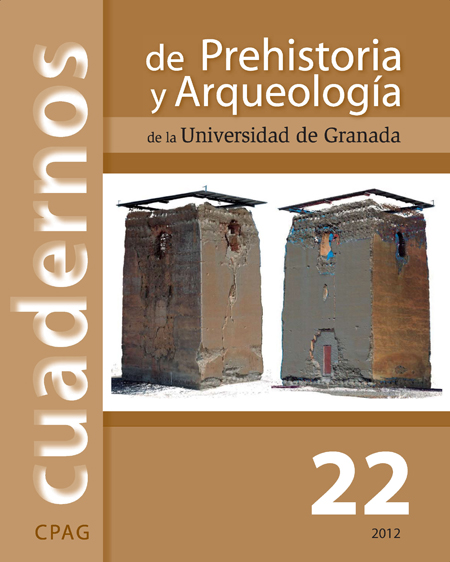THE WAVEFORM ANALYSIS OF TERRESTRIAL LASER SCANNING APPLIED TO ARCHAEOLOGICAL RESEARCH
Main Article Content
Abstract
The development of 3D modeling techniques by means of laser scanning has led to major improvements which facilitate the archaeological task. Thus, different archaeological and geometric analyses have been carried out to characterize metric and geometric parameters of archaeological structures, including the documentation of such structures, the digital register and the reproduction on every scale. However, the implementation of non-conventional laser technologies has provided new methodologies for research, particularly the detection of systems including the digitalization of the signal and successive echoes. The working methodology analyze the single pulse of light, the first pulse of light, the intermediate pulses and the last pulse of light received by the laser scanner. These systems significantly improve the analysis of the objects of study as well as being a very important aid in the classification of soils, structures, paths, roads, etc. Particularly, the distinction between areas with and without vegetation constitutes a very important element in the development of LIDAR and ALS systems.
This paper is focused on the study of the possibilities raised by TLS (Terrestrial Laser Scanning) systems in archaeology and historical heritage to classify different types of materials. The characteristics of the ground materials, the working scale, the mix of natural materials of different type and artificial materials can be analyzed using these technologies to achieve important results in the heritage studies.



